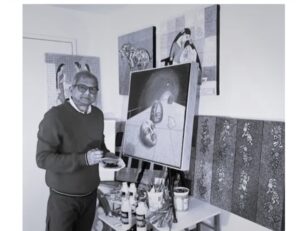
This week, Bishnupriya Chowdhuri of The Antonym engages in a conversation with the artist who happens to have designed the cover page of the first print edition of the magazine. The following conversation delves into the artist’s journey and his inspirations.
Bishnupriya: What is art, according to you?
Hiran: For me, art is an expression of thoughts, emotions, dreams, and imagination. It is a medium to share my inner voice and intimate ideas that I cannot truly explain in words alone. And because words alone are not enough, art in different forms and shapes provides the platform to present those expressions. My playbook is visual arts, and I use it to express my intentions in the form of graphic composition. But the composition that I instill in my work is not the expression alone; it is also reflected in how I use the medium and the way I represent the composition using a particular medium, technique, and color.
Bishnupriya: Do you have a ‘muse’ or any favorite subject(s)?
Hiran: I cull my subjects from the imagination developed during my childhood days growing up in the countryside. My creative mind leads me to the fascinating world of art giving different forms and shapes to my childhood imagination. My imagination has no limits, and my subjects also have no limits. You will find a wide variety of subjects such as the Life of Buddha, Village Life, Eternal Universe, and many more.
Bishnupriya: Where did it all start?
Hiran: I cannot single out a specific moment in my life as the starting point. However, everything began in my early childhood days. I grew up in a village in the state of West Bengal, India. Life was peaceful, and nature gave us everything that we needed. I developed a poetic instinct and artistry from the stars that could be seen twinkling bright in the deep sky, from an orchestra of birds in twilight hours, from raindrops that used to fall through the foliage with percussive chatters, or from a distant dove that cooed to break the silence of the sultry summer.
However, until 2007, I was just an amateur artist. Between 2005 and 2007, I was battling cancer. The usual methods of treatment failed to cure me, and I was left with a bone-marrow transplant as the last option. My fate was swinging between life and death. During this period, inspirational meets with the local artists from Los Angeles and creative encounters with art acted like meditation for me. It gave me the courage to navigate difficult times while remaining positive.
Bishnupriya: Impulse, perseverance, practice: in what order would you place them? Is there anything else that you would like to add to that order?
Hiran: I think there are several values that have played equally essential roles in my artistic journey. I have developed my own language of artwork– the language that connects life with the universe. Appreciation of beauty, perseverance, and patience are the three things that are a must when I do experiments with different compositions and mediums. I put significant time and sustained effort to bring out the right message with the best aesthetics through finishing touches and developing the right techniques for the application of mediums. Finally, humility is one of the most important values that play a big role in my entire artistic journey. I recognize how little I know, and how much I have to learn from the amazing abilities of artists around the world.
Bishnupriya: Who’s your Guru?
Hiran: I cannot single out anyone. I think I have many.
In the ’80s, a magazine named Great Artists was published in the UK. I used to buy those at a nominal price from the bookstalls in front of the pathway of the Grand Hotel in Kolkata. These magazines exposed me to 100+ great artists from the western world and immediately caught my attention to the styles of the western world. I have a great influence from Seurat’s pointillism, and also from another neo-impressionist painter, Paul Signac. I am also influenced by post-impressionism era artists like Van Gogh. I greatly admire and am influenced by the work of Prokash Karmakar who was also my mentor during my early life artistic journey. My style has been influenced by many great artists, and close observations of their styles and practices have helped me to develop my own style around pointillism. But when it comes to imagination, I am greatly influenced by the surrealistic paintings of Dali- such as Christ of Saint John of the Cross, The Persistence of Memory, The Temptation of St. Anthony, and many more.
Bishnupriya: Art saves or destroys?
Hiran: For me, art is a medium for meditation. I can spend hours meditating while giving shape to my imagination. It’s like all of my body and mind are focused around the canvas. From that angle, I can always say that art is a savior. I do not see any reason for it to be a destroyer.
Bishnupriya: Do you like to experiment or stay close to your choice of medium?
Hiran: I have experience in using a wide range of mediums. I am also continuously experimenting with new mediums, mixing them with others and developing a different style and form. I work in several mediums including acrylic on canvas, mixed media, and paper collage. There is a range of mixed media that I have experimented with using coins, computer discs, vinyl records, strings, wood panels, plaster of Paris, resins, and many more. I also use ink and paper for doing studies. I did several artworks between 2008 and 2010 in oil on canvas, however, I have not used it since then because of some health concerns. Though I worked and experimented in several mediums, I have my own particular preferences for Acrylic paints that I keep coming back to.
Bishnupriya: Have you experienced a change of axis or transformation in your artistic style? Was it slow and gradual or sudden and surprising?
Hiran: Though I experiment with different mediums and styles, I have developed my own forte of artistic style which revolves around pointillism. Over the last 30 years, my style has definitely evolved gradually from the patchwork of oil painting to detailed studies using pen & ink, and pointillism with acrylic paints.
Bishnupriya: Any contemporary artist you admire?
Hiran: I like the work by Bridget Riley. The illusion she creates with her Op art such as Movement in Square, Intake, and Arrest is amazing. It is hard to believe that she did those before the era of modern computer graphics. I encountered her work in LACMA way, and was driven by one of her artworks named Polarity, if I recall correctly. From the Indian subcontinent, apart from Prokash Karmakar, I like the work of Ganesh Pyne whose poetic surrealism style attracts me a lot.
Bishnupriya: What do you think of the Mona Lisa? Does it deserve the fame it receives?
Hiran: There is no doubt that the Mona Lisa is one of the most valuable and best-known artworks by a known individual in the known history of mankind. Whether it deserves the fame it receives or not needs a careful understanding of how the art world operates. There are hundreds of good artworks created every day. But how many of those are known to us? Artworks are generally valueless until their awareness and brand value are elevated through some mechanism or it is promoted and hyped by connoisseur(s) of art. If we question the fame of the Mona Lisa, we must question many artworks which are sold for millions. The Mona Lisa has been created by one of the greatest personalities of the Renaissance era. It is more than 500 years old, and it has some eventful history. I think those collectively worked as a catalyst to grab the attention of the common people. I visited Louvre Museum first time in 1998, and the first thing I wanted to see was the Mona Lisa. But my enthusiasm did not last long after I stood in front of the glass-covered display. Rather, I recall, I spent more time in front of Titian’s The Pastoral Concert and Leonardo Da Vinci’s The Virgin of The Rocks. Until the early 20th century, the Mona Lisa was not popular among common people. After that, the media attention around its thefts, vandalism, and speculations made it so popular.
Also Read:
The “Eye of the Beholder” in Digital Painting: Atrayee Guha in Conversation with Edward Supranowicz
Inspired by Nature: Conversation with Cynthia Yatchman – Atrayee Guha

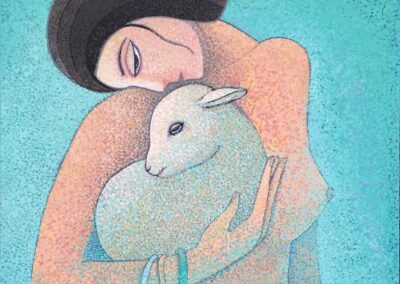
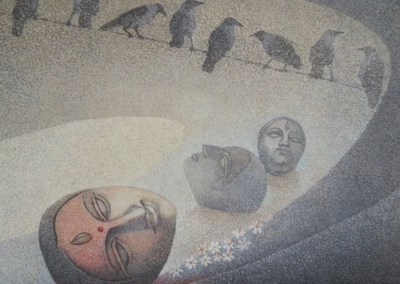
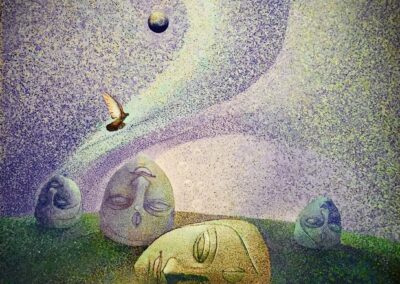
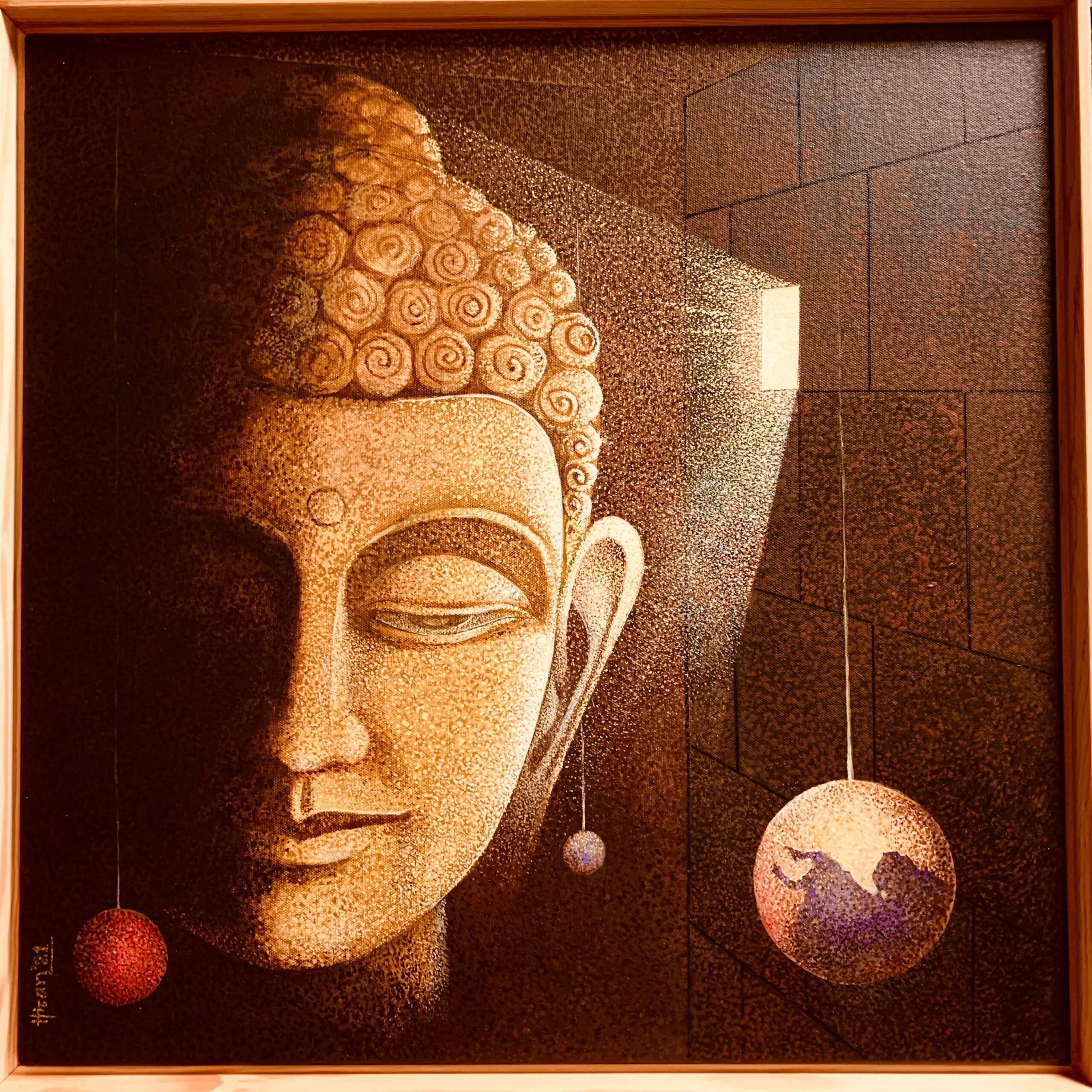
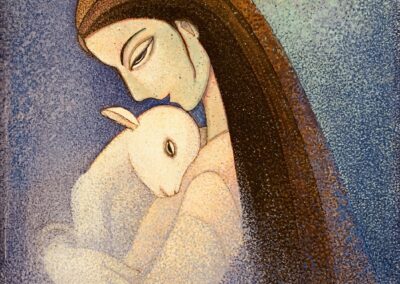

























0 Comments